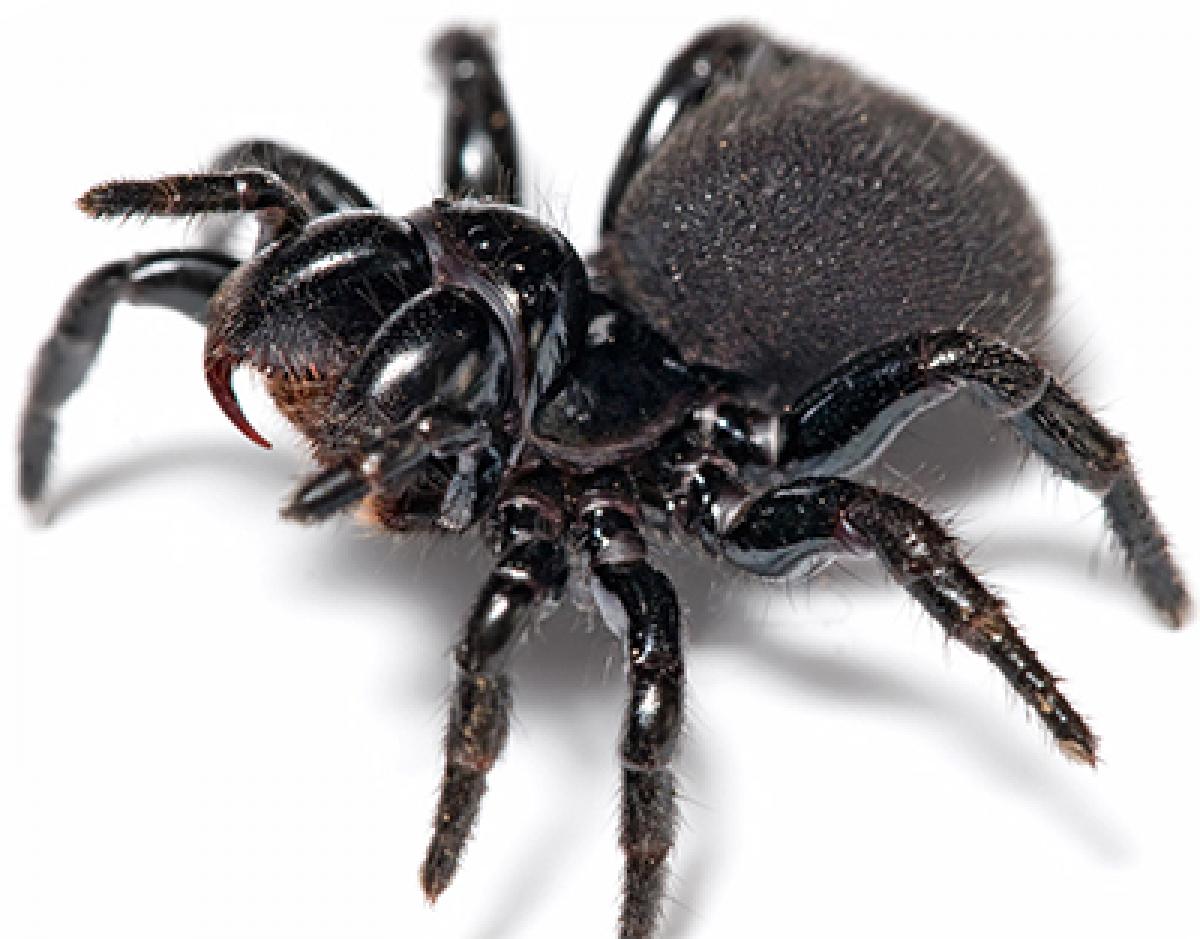Live
- Apple Updates Vintage and Obsolete Product List: iPhone XS Max, 6s Plus Now Included
- Rudra FC finish MFC Women's Elite Division as runners up, take big step closer to IWL 2
- Rafael Nadal gets emotional tribute from Roger Federer
- Big Data in Action: Transforming Financial Institutions Worldwide with Advanced Analytics
- Karan Arjun Re-release: Director Rakesh Roshan Reflects on 30 Years of the Classic
- Secunderabad Cantonment MLA Pays Tribute to Indira Gandhi on Her Birth Anniversary
- SpaceX Starship Launch: Sixth Test Flight Scheduled for November 20
- Top Women Entrepreneurs: Driving Innovation And Growth
- EU FMs discuss Ukraine, no common position on lifting weapons restrictions
- Dilip Joshi issues statement over his alleged physical spat with Asit Modi





.jpg) New York:
New York:



